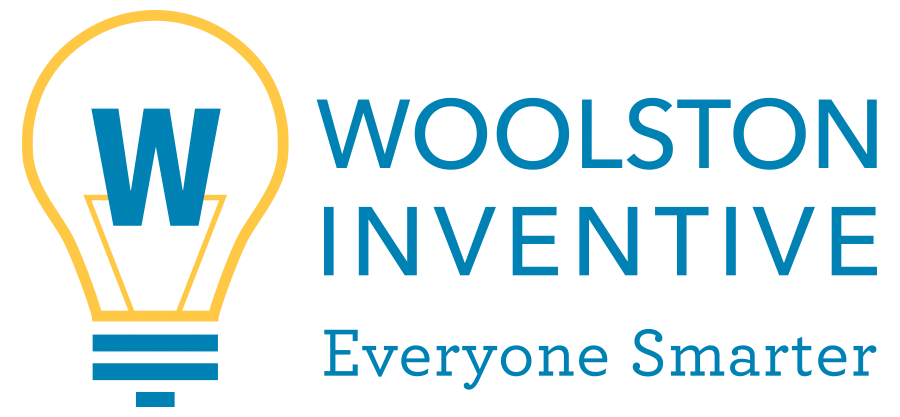Marian University: Stronger Readers and Writers
- pjwoolston
- Dec 23, 2024
- 3 min read
Situation
Like many universities, the English department at Marian University was struggling with enrollment. Across the country, English programs are seeing enrollments decline as students and families turn their focus toward more job-specific programs in lieu of traditional liberal arts programs. The faculty in the English department were looking for multiple ways of engaging students to promote the program.

Solution
We created a suite of tools for the faculty to share with the public and promote the program. The tools were designed with utility in mind so that recipients would find repeated value in them, use them continually, improve in their writing or reading or speaking, and constantly have constant exposure to the branding of the university. The suite of tools included the following:
Writing process guide: Over the course of years of teaching, the faculty in the program had developed their own effective ways of teaching students how to write creatively and effectively. We helped them to create a writing process guide to assist students. They could hand it out so students could refer to it later, or work through some or all of it directly with students in either one-on-one or workshop settings. The format we applied was a heavy cardstock (for durability), three-hole punched piece (with an intuitive place to live in a binder), and in fact we had so much content that we ended up creating an innovative double-sheet format that conveniently folded back in on itself. The piece contained the following:
The Critical Collaborative Writing Process: The faculty’s proprietary approach to capturing and publish content
Strategies for the Writing Process: Tips, tricks, and examples on how to approach any writing task
Understanding Formatting Expectations: A concisely packed style guide that, by sheer nature of the compact space it occupied, was much more user-friendly and navigable than a style manual
Understanding Conventions of Writing: Descriptions and examples of writing norms and writing mechanics
Lessons from the Greats: Encouraging profiles of and quotations from famous and well-known writers
Writing Center information: Details on how, when, and where to access the university Writing Center for in-person assistance

Line editing: Some faculty were huge fans of the “line-editing process,” a particular approach to editing content that has already been created. It involves focusing on a written piece line by line. We created a plastic, ruler-style guide, eight and a half inches wide so that the writer could use it to glide down a page line by line. We hole punched it twice so it could live naturally inside a binder, and marked one inch margins on each corner so the writer could easily check margins while reviewing the content. We also packed the space of the tool with information, including a description of what the line-editing process is and how to apply it, as well as several 30-second fixes to improve clarity.

Bookmarks: Writers are readers! Knowing that practically all of the students they were recruiting were readers, and acknowledging that readers always need bookmarks, we created a series of bookmarks to represent each of the literary time periods taught by the university: Ancient World, Medieval Period, Renaissance, Long 18th Century, British 19th Century, American 19th Century, British Modernism, and American 20th Century. On the front of each bookmark we placed a timeline to show the span of the period and identify the few key elements that defined the literature from that period

On the back we included a representative list of works the courses would cover... because what reader doesn’t love a list!

Success
We found so many opportunities to promote the program and the university because of the value of this suite of tools! They proved to be popular with high school English teachers who shared them with their students and even used them as reference tools, and the bookmarks were particularly popular with libraries. The bookmark set proved to be particularly effective at branding because, while many people were happy to grab and use a single bookmark, many people (especially the students we were targeting) wanted the whole set... which we were more than happy to give them!



